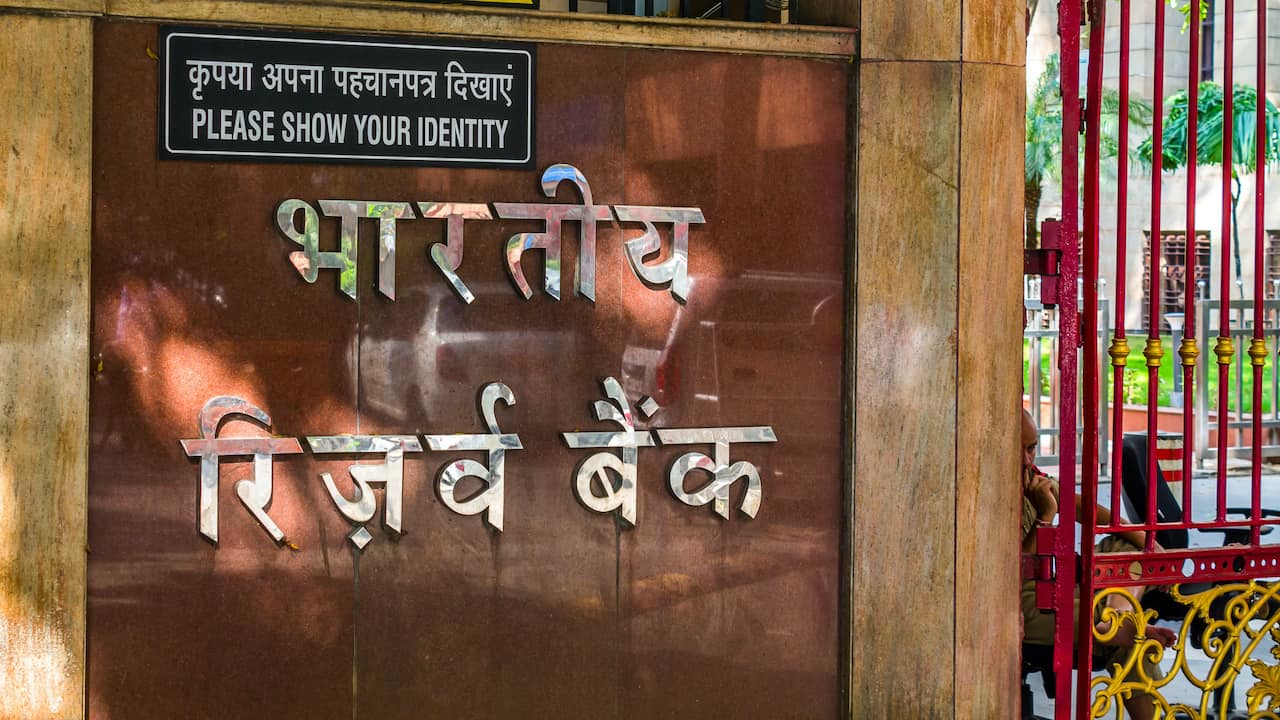
May 17, 2022
Present Debt Market Scenario in India and The Way Forward

Gautam Kaul
Senior Fund Manager, Fixed Income, IDFC AMC

“There are decades where nothing happens; and there are weeks where decades happen”—Vladimir Ilyich Lenin
We are quite sure that Lenin was thinking of things more seminal and not the present debt market scenario when he penned the above-quoted phrase, however, it does feel appropriate in our limited context as well.
The road ahead from present debt market scenario
Following the trend set by the government in the annual budget in February, it was RBI’s turn to surprise the market with an inter-meeting rate hike, raising Repo by 40 bps and CRR by 50 bps. While the market had already priced in rate hikes post the April policy, the mid policy move took everyone by surprise.
In the past few months, the RBI’s and by extension the MPC’s had chosen to prioritise supporting the modest recovery in economic growth, while characterising the increasing inflationary pressures as a supply-side issue and largely transient. The recent rise in geopolitical tensions have added to the already elevated level of commodity price, pushing inflation even higher than projections made earlier in the year.
As a consequence, the priority for RBI has now been reversed, with Governor Das declaring in no uncertain terms that fighting inflation now take precedence over supporting economic growth. The inflation projection for FY23 have also been revised upwards from 4.5% to 5.7% (the consensus estimate of market economists is about 50 – 75 bps higher).
One must remember that the parliament mandate to MPC is to keep CPI within a tolerance band of 2 – 6% and if CPI breaches the band for three continuous calendar quarters the MPC has to write a letter to the parliament explaining why it has failed in the mandate.
Introduction of Standard Deposit Facility
The recent surprise follows the April monetary policy in which the central bank introduced the new Standard Deposit Facility (SDF) to absorb liquidity at 25 bps below the benchmark repo rate, thus effecting a 40 bps hike in overnight rates for the capital markets while ostensibly keeping rates “unchanged”. RBI also disappointed on the bond absorption front. While the market was not expecting a Government Securities Acquisition Programme(G-SAP) redux, there was still hope of soft assurances from the RBI to ensure a smooth execution of the government borrowing program.
The market reaction to the policy was swiftly with the 1Y OIS hitting a high of 6.25% while the benchmark 10Y government bond moving up almost 7.50%.
Present debt market scenario highlighting pressure-situation?
When it rains, it pours and bad news continued for the market with the latest CPI printing at 7.79%, much above the market estimate of 7.20 – 7.40%. Bond yields are under pressure in global markets as well, with the US 10Y yield moving up from 1.65% to 2.90% in a matter of two months.
Swap yields are now pricing in a rate hike cycle with an overnight rate of 250 – 300 bps higher in the next two years.
So, while the reserve bank has just started to move up the policy rate, the market has already priced in an aggressive and elongated rate hiking cycle. The yield curve continues to be steep with the difference between 1Y and 5Y rates continue to sustain at elevated levels. To be sure, the global market does have valid reasons to fear a high and persistent inflation, and the near-term fears are exacerbated by CPI prints not witnessed in a very long time.
While the central banks are only now starting to hike rates, markets may have already priced in the worse. In our opinion, the rate hikes already priced in by the markets (225 bps over the next 2 years, from 4.40% currently), reflect a view which does not give enough weight to both the nature of our economic growth or the broader macroeconomic landscape.
The current stagflation-like scenario does not offer the room for substantial rate hikes which is the usual central bank prescription to high inflation. One would therefore not be wrong in expecting a shorter rate hiking cycle with a terminal rate much lower than previous peaks in the present debt market scenario.
Is it time for you to be defensive?
In such a scenario is not the time to be in defensive portfolios like money market funds or floating rate fund, but an appropriate time to start harvesting the yield curve for asymmetric risk/return opportunities.
At this juncture it is important to differentiate between the premium that the market is pricing in for rate hikes as against the premium on account of high government borrowing, While the former seems to be pretty much priced, it is more difficult to quantify the full impact of the high government borrowing.
It should also be noted that while the 5Y and below maturity segment offers roll down related advantages, the same is not true for the longer maturity. One would like to wait to witness the full impact of the borrowing calendar before venturing out further along the curve.
Our belief considering present debt market scenario
We believe that a measured increase in exposure to mid duration bonds (4-6Y maturity) is reasonably attractive risk / return preposition at the current juncture. This positioning offers adequate carry and roll down advantage from a steep yield curve as well.
One caveat which need to be kept in mind in the present debt market scenario, trying to predict and time market tops is an exercise in futility, what is cheap can become cheaper or not. Either way it is advisable for medium to long term investors to use this market volatility to gradual scale up exposure to medium duration bonds.
About The Author: Gautam Kaul is Senior Fund Manager – Fixed Income at IDFC Asset Management Company.
Disclaimer:
MUTUAL FUND INVESTMENTS ARE SUBJECT TO MARKET RISKS, READ ALL SCHEME RELATED DOCUMENTS CAREFULLY.
The Disclosures of opinions/in house views/strategy incorporated herein is provided solely to enhance the transparency about the investment strategy / theme of the Scheme and should not be treated as endorsement of the views / opinions or as an investment advice. This document should not be construed as a research report or a recommendation to buy or sell any security. This document has been prepared on the basis of information, which is already available in publicly accessible media or developed through analysis of IDFC Mutual Fund. The information/ views / opinions provided is for informative purpose only and may have ceased to be current by the time it may reach the recipient, which should be taken into account before interpreting this document. The recipient should note and understand that the information provided above may not contain all the material aspects relevant for making an investment decision and the stocks may or may not continue to form part of the scheme’s portfolio in future. The decision of the Investment Manager may not always be profitable, as such decisions are based on the prevailing market conditions and the understanding of the Investment Manager. Actual market movements may vary from the anticipated trends. This information is subject to change without any prior notice. The Company reserves the right to make modifications and alterations to this statement as may be required from time to time. Neither IDFC Mutual Fund / IDFC AMC Trustee Co. Ltd./ IDFC Asset Management Co. Ltd nor IDFC, its Directors or representatives shall be liable for any damages whether direct or indirect, incidental, punitive special or consequential including lost revenue or lost profits that may arise from or in connection with the use of the information.
Related Articles:
Estimation of Debt Fund Returns

Very good and timely narration.
Last paragraph of caveat is the most important learning.